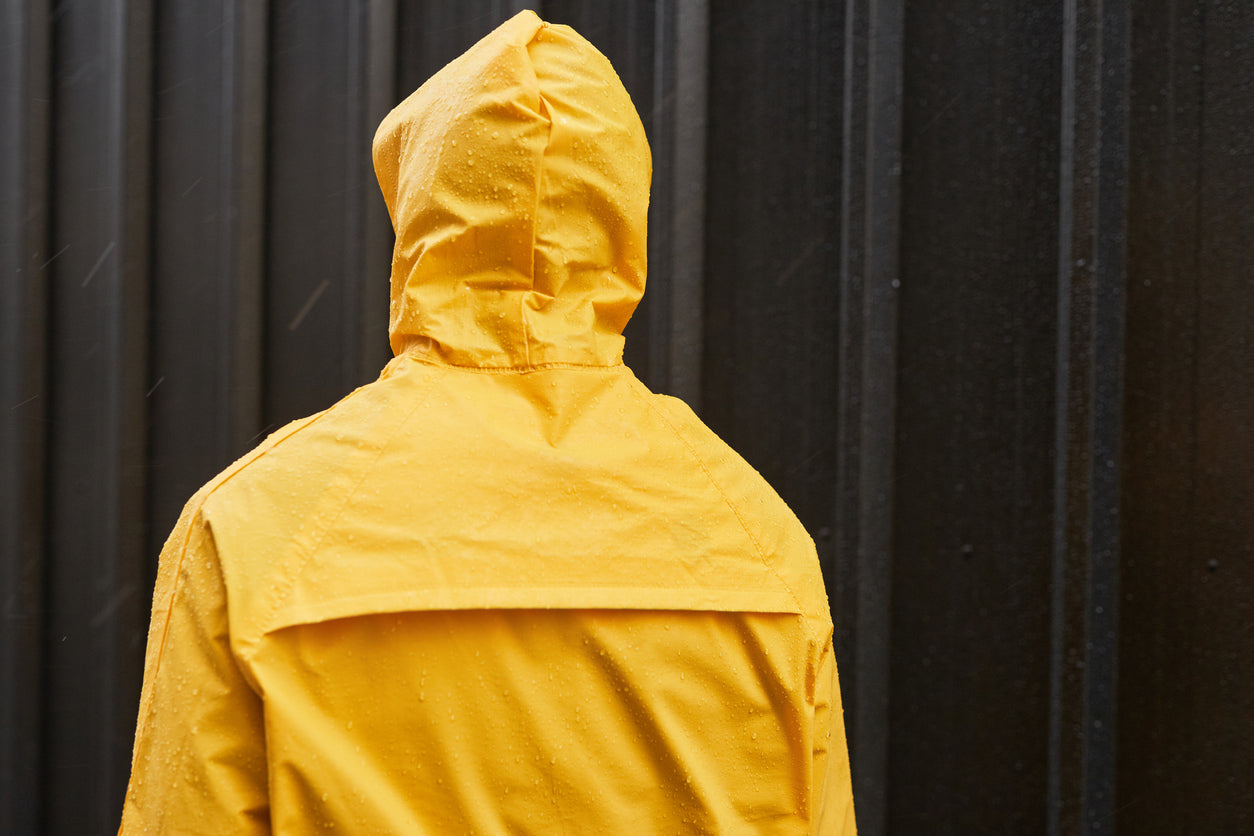Choosing the right raincoat for outdoor construction work is crucial for both comfort and safety, especially when working in harsh weather conditions. Here's a complete guide to help you select a raincoat tailored for construction work:
1. Choose Waterproof, Not Just Water-Resistant
- Waterproof materials (like PVC or polyurethane-coated fabrics) are essential because they offer protection from heavy rain, unlike water-resistant fabrics that repel light rain but may soak through in heavier conditions. Look for labels that specify "waterproof" to ensure long-lasting dryness.
2. Opt for Breathability
- Working in a raincoat can quickly get uncomfortable if it's not breathable. Look for materials like Gore-Tex or polyester with breathable linings, which allow sweat and heat to escape while keeping rain out. Ventilation zippers under the arms or back panels can further enhance airflow.
3. Check for High-Visibility Compliance
- In construction zones, high-visibility (Hi-Vis) rain gear is often required. ANSI/ISEA 107 compliant jackets in bright colors like yellow or orange with reflective strips are the best option. A Type R, Class 3 rating is recommended for workers near roadways or heavy equipment.
4. Prioritize Durability
- Construction work is demanding, and rainwear must withstand wear and tear. Ripstop nylon or reinforced PVC offers durability for high-impact areas. Reinforced elbows and shoulder areas are also beneficial for added protection against abrasions from tools or materials.
5. Choose an Appropriate Length and Fit
- Longer coats provide extra coverage, but they may hinder movement. For construction work, waist-length or thigh-length rain jackets often balance coverage with mobility. Look for jackets with adjustable cuffs, hems, and waist drawstrings to customize the fit and keep out rain.
6. Look for Hood Adjustability and Compatibility
- A well-designed hood is essential for protecting your head and face from rain. Adjustable hoods with drawstrings or snaps allow for a snug fit, and if it’s helmet-compatible, it can comfortably fit over hard hats for added protection.
7. Consider Insulation for Cold Weather
- If you work outdoors in cold, rainy conditions, consider an insulated rain jacket or one with room for layering underneath. Some jackets offer zip-in liners that you can remove when it’s warmer, making them versatile for multiple seasons.
8. Pay Attention to the Weight and Packability
- Look for a raincoat that’s lightweight and easy to pack in case the weather changes quickly. Many raincoats now have packable designs with their own carrying pouches, making them easy to store on-site when the rain stops.
9. Evaluate Pocket Options and Accessibility
- Pockets keep your tools and essentials dry, so look for deep, zippered, or Velcro-closed pockets that are easily accessible. Interior pockets add security for phones or other valuables. Waterproof or storm-flap covered pockets provide additional protection.
10. Research Brand and Reviews
- Reliable brands such as Carhartt, Helly Hansen, Ergodyne, and Radians offer workwear specifically designed for outdoor and construction environments. Reading reviews from other construction workers can give insight into a raincoat’s performance and durability over time.
Top Recommended Raincoats for Outdoor Construction
- Carhartt Shoreline Jacket: Known for durability and comfort, it’s waterproof and breathable, with adjustable cuffs and an attached hood.
- Helly Hansen Workwear Impertech: Offers high waterproof protection with excellent breathability, designed for heavy-duty use.
- Ergodyne GloWear 8366: High-visibility, ANSI-rated, and ideal for safety in wet and low-light conditions.
- Radians RW32-3Z1Y: High-visibility and waterproof, perfect for construction sites, with sealed seams and breathable fabric.
Conclusion: Key Factors in Choosing Your Raincoat
For construction workers, a good raincoat is more than just outerwear—it’s a critical piece of personal protective equipment. Focus on waterproofing, breathability, visibility, durability, and a functional fit to keep you safe, comfortable, and effective on the job site. The right raincoat can significantly improve your workday, allowing you to tackle tasks with confidence regardless of the weather.

